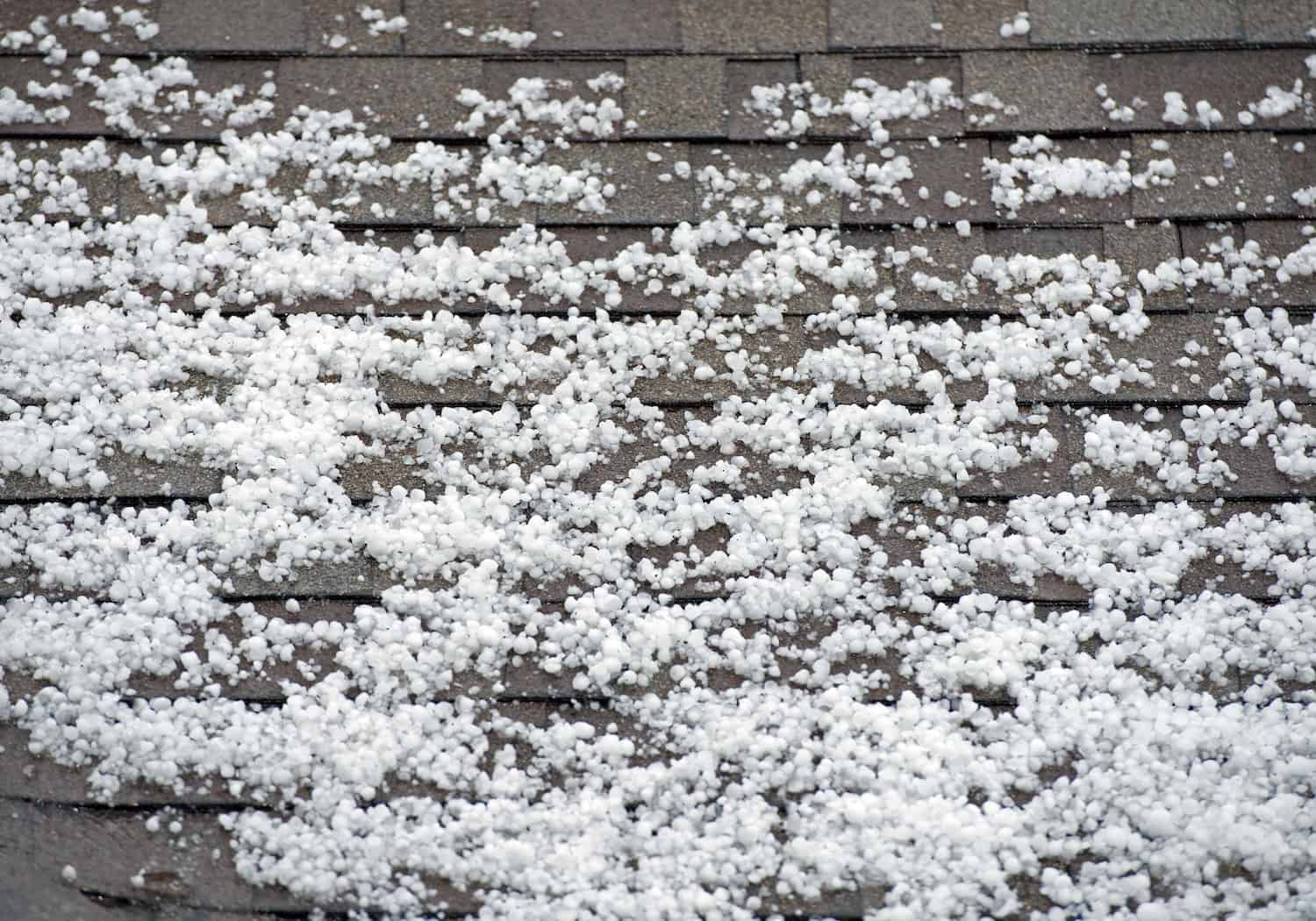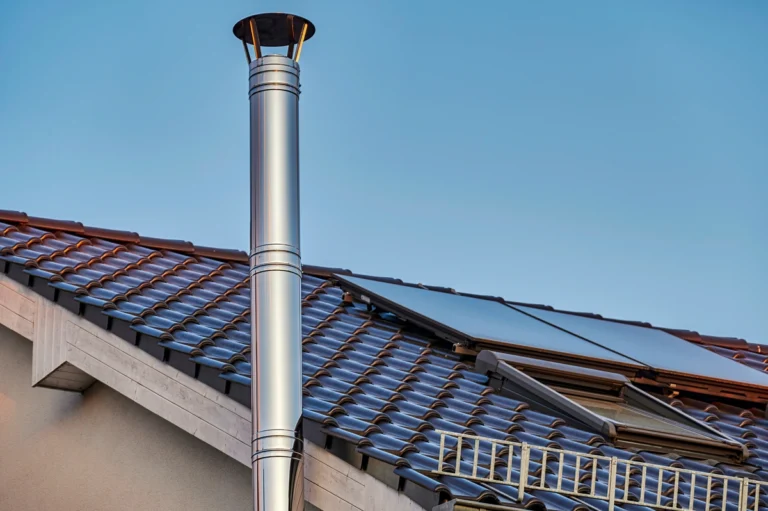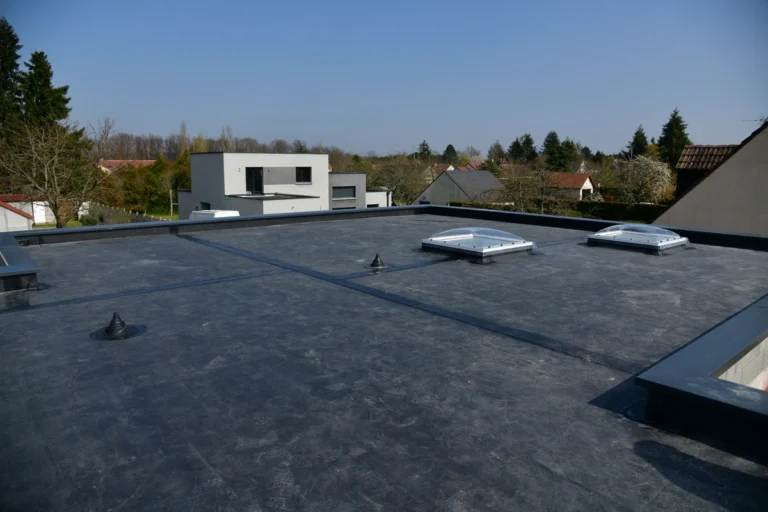Uh oh! You just spotted some polka dot patterns on your roof shingles, and you wonder, when did we have a hail storm? Well, what may look like roof hail damage, could also be roof blistering— which is just as bad, if not worse.
Many homeowners don’t know the difference between roof blistering vs. hail damage, let alone what blistering even is. But don’t fret— this guide will help.
Hail damage is caused by, you guessed it, hail. But roof blisters can occur for a few reasons, including:
- Poor attic ventilation causes shingles to boil and blister
- Tree sap makes shingles more susceptible to blistering
- Trapped moisture between shingles and the roof decking
No matter the cause, it’s essential to get to the bottom of your roof spots, and get the coverage you need, whether it’s roof blistering or hail damage.
Roof Blistering vs. Hail Damage: What’s the Difference?
Roof blistering occurs when shingles are exposed to too much heat. This can happen for several reasons, the most common being poor attic ventilation. When hot air gets trapped in your attic, it causes the shingles to boil and blister under the hot UV rays.
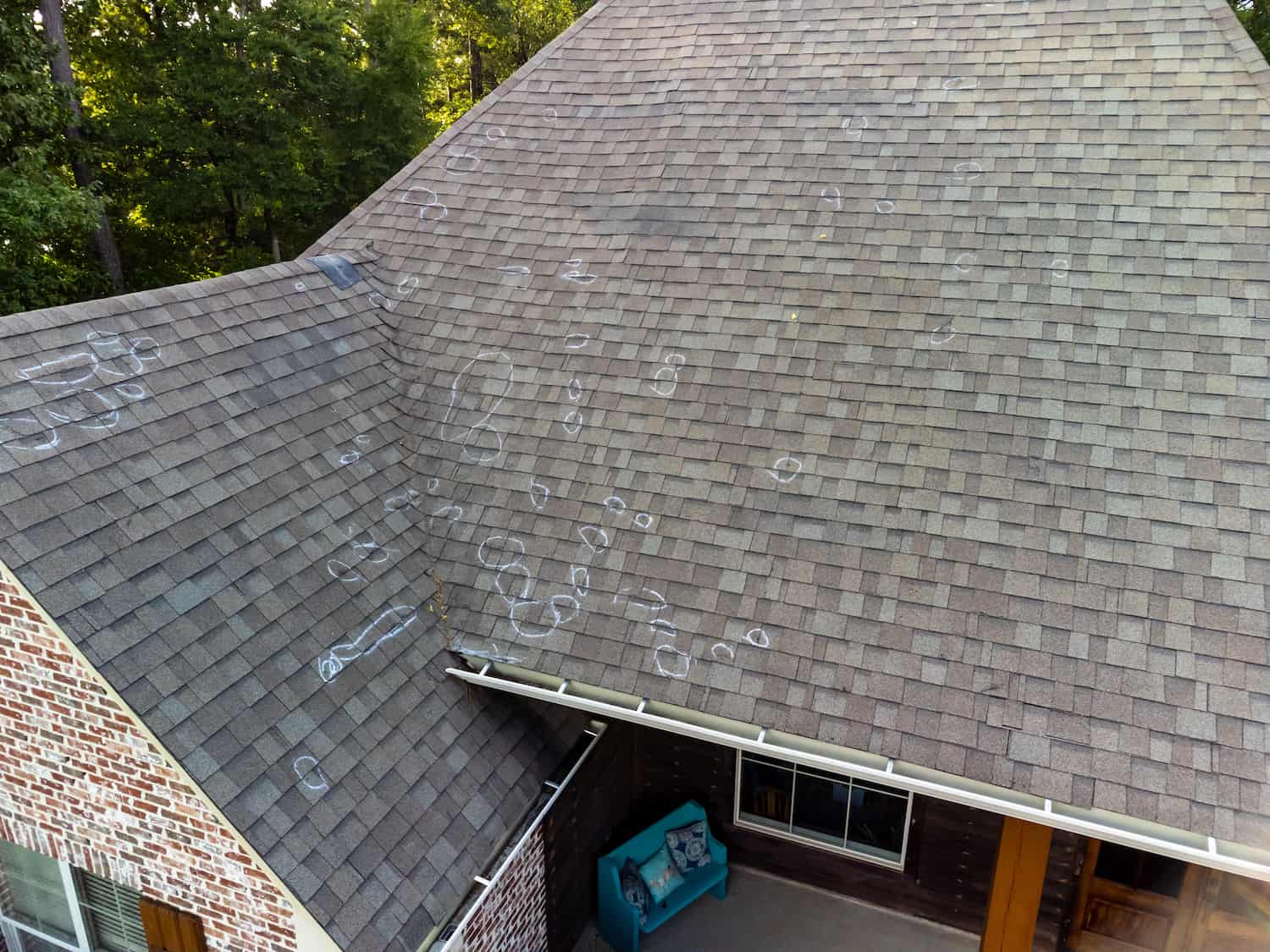
Hail damage occurs from hailstones hitting your roof during a storm at accelerated speeds. Hail from pea size to an inch or more can cause dents, cracks, and granule loss on your shingles, which then can lead to water leaks and further damage if not addressed.
How to Spot Hail Damage and Blistering
At a quick glance, roof blistering and hail damage can look similar. But there are key ways to tell the difference:
- Size: Hail damage will be more circular or oval in shape, while roof blisters tend to be larger and more irregular.
- Number: With roof blistering, you might see just one or two blisters, while hail damage will present as multiple spots.
- Depth: Roof blistering might be shallower and more surface level than hail damage, which can penetrate all the way through the roofing material.
- Pattern: Hail damage often appears in a linear pattern based on where it was hit, while roof blistering can be more random and perhaps more near the top of the roof where heat and moisture can get trapped.
Tips to Prevent Asphalt Shingle Blisters
Roof blistering is definitely not a normal part of roof wear and tear. In fact, poor installation is often the main culprit of blistering, so your roof is often doomed from the start. However, there are some things you can do to help prevent shingle blisters.
- Choose a reliable installer. A poor installation job is often the leading cause of a roof that ends up with a slew of blisters. Poor installation can cause moisture and air to be trapped; over time, the sun rays exacerbate the issue and cause unsightly blisters. Even if you aren’t sure your contractor is the best, find one that offers outstanding workmanship warranties so if something happens due to bad installation, your repairs are covered.
- Ensure proper ventilation and insulation in the attic. Poor insulation and ventilation in the attic is a top reason for roof blistering. When an attic is poorly insulated, it can trap heat and moisture in the top, affecting both the inside and the outside of the roof.
- Regular roof maintenance. Some homeowners don’t inspect or even think about their roof until there’s an issue. By conducting regular inspections and necessary maintenance, you can catch issues early that could lead to blistering as well as any underlying hail damage you never knew you had.
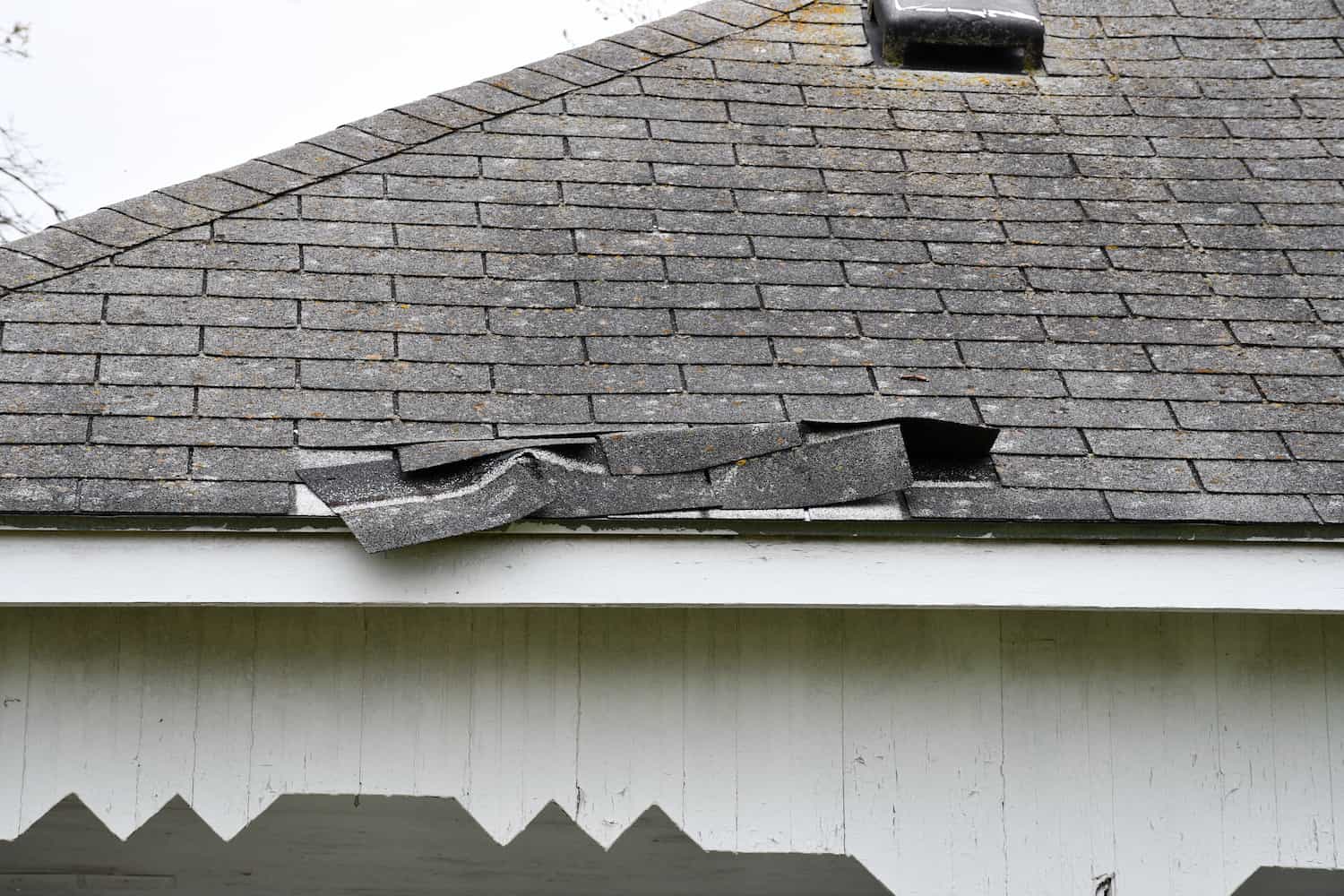
While you can’t control the weather, you can still do a few things to help combat hail damage and expensive repairs.
- Get regular roof inspections. We’re really drilling home the idea of regular inspections and maintenance, but it’s one of the best things you can do for your roof’s health and longevity. Catching issues early helps mitigate higher energy bills, water leaks, and other damage that can grow and worsen without proper repairs.
- Consider impact-resistant roofing materials. High-quality asphalt shingles can be manufactured to be impact resistant against things like hail and debris. Certiainteed’s line of impact-resistant shingles, for example, is rated a Class 4 by the national standard for roof impact resistance— a class 4 rating is the toughest.
- Keep nearby trees trimmed. While it may seem like overhanging trees could be a good thing to block hailstones from your roof, overhanging trees during such a storm can be even more harmful. Large branches and debris can be knocked loose and hit your roof with the same impact as a hailstone.
- Install a steeper sloped roof. Lower-sloped roofs often experience more hail damage than steeper slopes. The hailstones hit at a higher velocity than when they can roll off or even miss a higher roof slope.
Will My Insurance Cover Roof Blisters and Hail Damage?
Whenever you experience roof damage— specifically hail damage— it’s recommended you file an insurance claim. If your roof is younger than 15 years, in pretty good shape, and has plenty of life in it, you’ll likely get any hail damage repairs or replacement covered. The same can’t be said for roof blisters.
Roof blistering is more than likely not going to have any coverage. Your best bet at getting roof blister repairs covered is to go through workmanship or manufacturer warranty coverage, if applicable. If the blisters were caused by improper installation, you might have a good chance of getting repairs covered under your warranties.
How to Get a Professional Roof Inspection
As we’ve stated, a thorough and professional roofing inspection and regular maintenance are two of your greatest weapons against roof blistering and hail damage. They help catch issues early, mitigate existing damage, and get your roof repaired much sooner than later. Don’t let a water stain on the ceiling be your first sign to get a roof inspection— call Clean Cut Roofing to schedule a thorough roof check.Clean Cut Roofing takes pride in keeping up to date on roofing materials, shingle roofing updates, and other industry-related information so that we can better identify, diagnose, and treat your roof blisters, hail damage, or other roofing issues. Don’t hesitate— reach out today!
